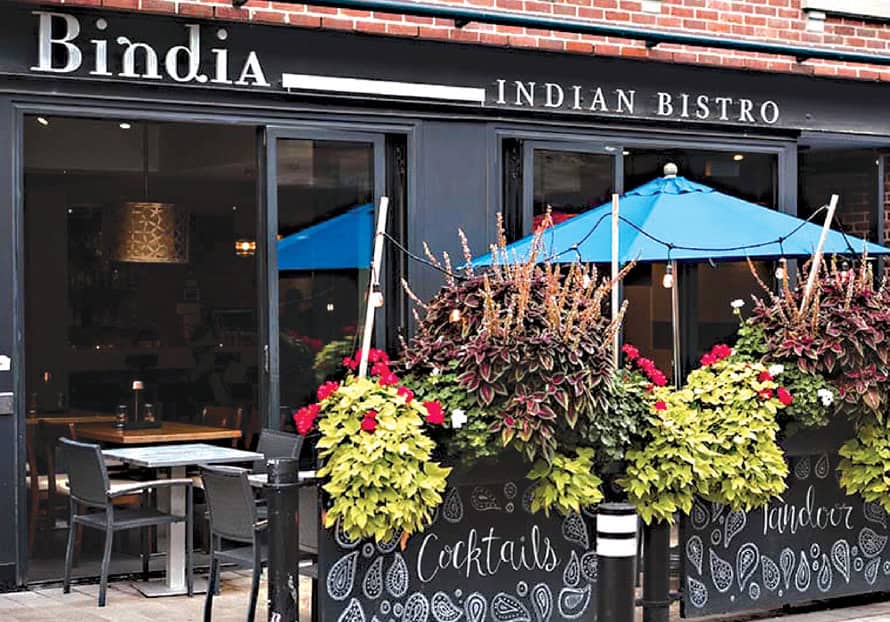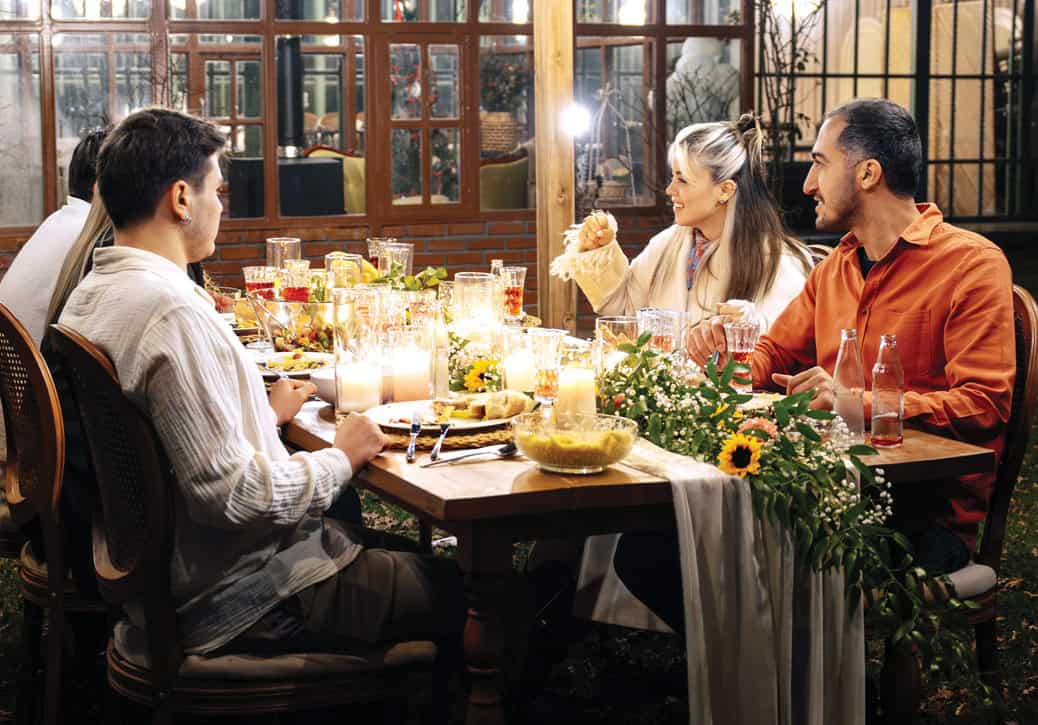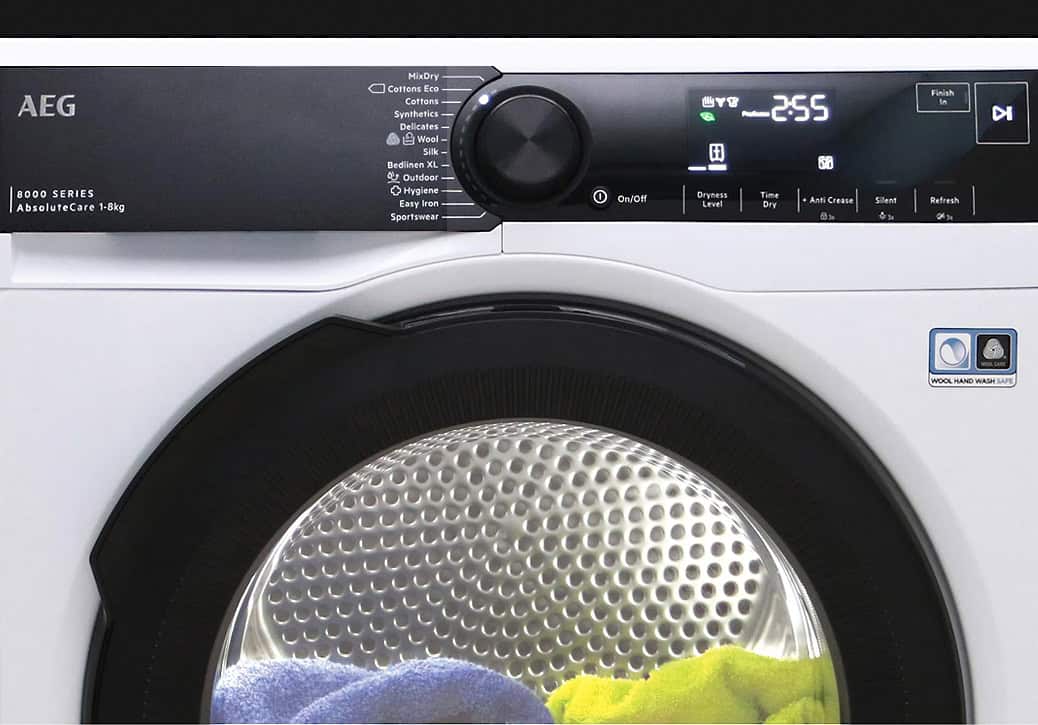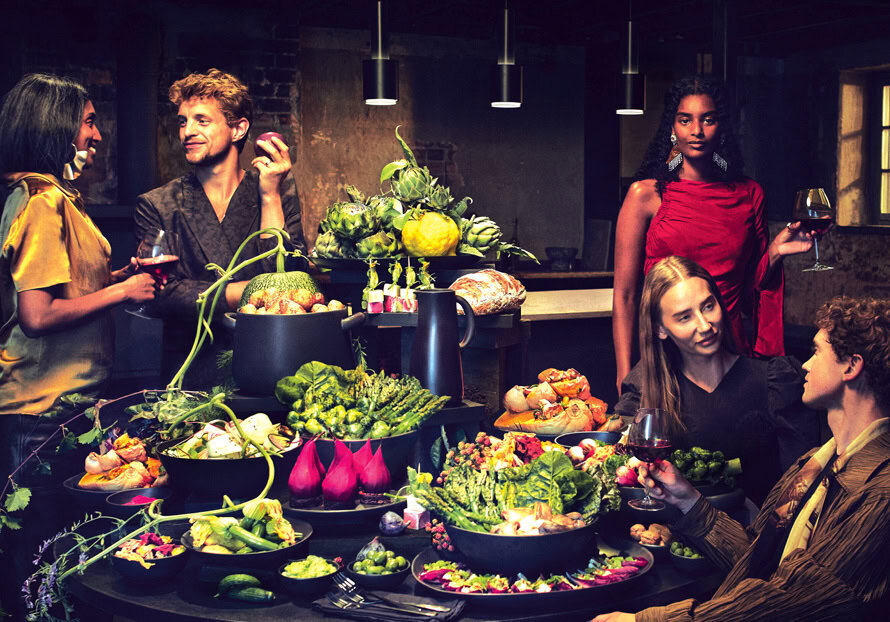By Mark Eglington
Grandma’s pantry was a magical place that always smelled so good with fresh baked cookies and an apple pie or two cooling on the racks. There was always a basket overflowing with the green grocer’s latest produce delivery and her neatly labeled homemade jams and chutney preserves lined up on wooden shelves. She even had an extra sink, an old ice box and a chopping board on the far wall.
Back in the day
The history of the pantry is a tell-tale sign of what was going on at the time socially, economically and architecturally. The word “pantry”, I’m told, comes from an Old French word “paneterie” meaning from bread. Research shows that in medieval times food and supplies were kept separately, away from the kitchen and in dedicated rooms: meats were stored in a larder, bread in the pantry and alcohol in an area called the buttery. In grander homes there was often a secure butler’s pantry where silver, serving pieces and special kitchen items were guarded under lock and key.
As homes got smaller, closets, cabinets and pantries were eliminated. Then along came the “Hoosier Cabinet” an all-in-one pantry and kitchen with deep, six-foot high cabinets and built-in containers for everyday items like flour, sugar, coffee, tea and household spices. A similar product, the “Mizuya Tansu” was used in Japan.
A home chef’s paradise
Today, with larger homes and a resurging interest in food prep at home, large walk-in kitchen pantries with tons of storage space are back in vogue. But this time, they’re often getting upgraded with the flair and the practicality of a prep kitchen. As expected, there are cupboards, open shelving, wire bins and dedicated storage for one-stop spot specialty items like baking supplies alongside airtight, easy-to-find, containers of dry goods that add to household functionality. Grab-and-go snacks in wicker baskets, uniformly stacked cookbooks and drawers for treasured serving pieces.
Cold storage and more
Modern well-designed pantries can house sinks and extra counters for small appliances and butcher style chopping blocks alongside second dishwashers and cooktops. Double wine coolers and bar fridges are also popular items to up the household’s entertainment ante.
Cooling options to consider include stand-alone or integrated top-of-the-line European refrigeration units with specialty storage compartments and features like bio-fresh, which focuses on preserving veggies. Look for dedicated undercounter units for standard refrigeration, freezers and wine, that when installed side by side, allow for a nice worktable and hide the products.
Only the best
After all, a home chef who wants to keep his or her family well fed and guests entertained stylishly needs the right tools and storage conditions to showcase his or her talents and keep fresh, local ingredients as fresh and healthy as possible. Grandma would be proud!
euro-line-appliances.com/smeg-store
For over 15 years, Mark Eglington has been passionate about European-manufactured best-in-class appliances. By day, he is the President of Canadian-owned Euro-Line Appliances; by night he can be found perfecting his cooking skills.








